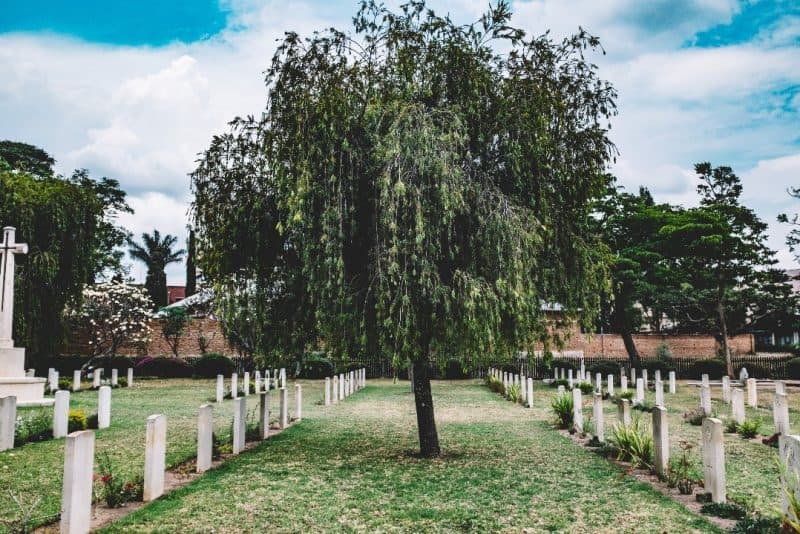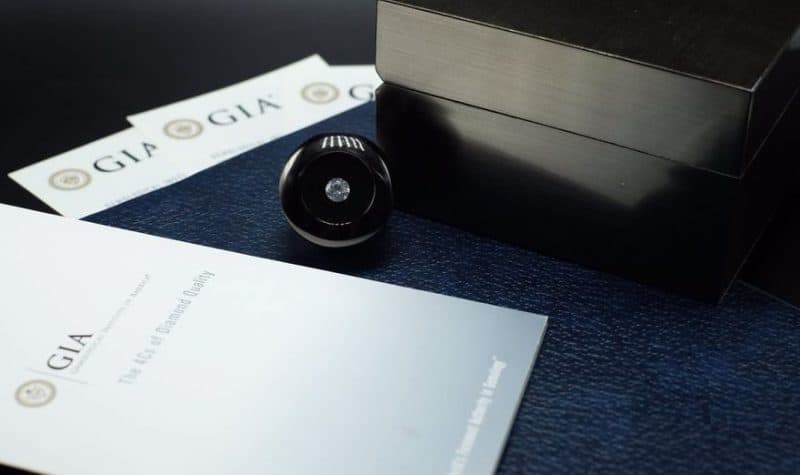Losing a loved one is never an easy process to endure. To add to the occasion’s stress, funeral expenses and decisions must be covered to commemorate and give proper goodbyes. However, as technology and culture continue to advance exponentially, our burial ceremonies and afterlife rituals are becoming more advanced.
What is a Memorial Diamond, and How Do You Turn Your Departed Ones into a Beautiful Precious Stone?

Several specialised labs in the United Kingdom have begun converting cremation ashes into diamonds for those who wish to keep a piece of their loved one with them forever. This trend has caught on in the UK, where many families are discovering it as an ideal alternative to traditional burial ceremonies and gestures.
A memorial diamond, also known as a remembrance diamond or cremation diamond, is a synthetic diamond produced in a laboratory using cremation ashes. A minimum of 200 grams of ash is needed to create a small memorial diamond, although it’s a lesser-known fact that some specialist labs like the Swiss LONITÉ can also create diamonds using only 10 grams of hair. Having a diamond made using hair is a good option for anyone who doesn’t want to have a cremation.
The process of having ashes or hair turned into a diamond is relatively simple on your end, and it’s an economically feasible option when compared to other burial and funeral expenses. Overall it takes about six to ten months from the time you send off the ashes/hair to the time you’ll receive the finished diamond, depending on the provider, diamond size, and your preferred cutting/colouring specifications.
Since you’ll only need to send off roughly a half-pound of ashes to produce a single memorial diamond, and the typical adult cremation has more than four pounds of ash, you’ll be able to keep most of your loved one’s ashes for the urn or additional burial ceremonies. Alternatively, if you opt for smaller diamonds, you can use the full urn to create eight or more separate memorial diamonds.
Eco-Friendly Tree Burial
Tree burials are quickly becoming a popular option for those wishing to rest in a more eco-friendly fashion. This unique way of being buried is gaining traction worldwide, as it eliminates the need for traditional graves, vaults or caskets.
The tree burial pods are made from biodegradable materials designed to help turn someone’s remains into nutrients that nourish and sustain new life. These tree urns vary widely in shape and design, some resembling animals or other objects while others are simpler with no aesthetic details. Whatever their design, each tree burial pod can be personalized with special mementoes such as photos or trinkets that will eventually become part of the tree itself.
How Turning Ashes into Diamonds has a less Harmful Environmental Effect than a Traditional Burial

The average cremation results in about 160kg of greenhouse gas emissions due to the combustion and electricity used in the process; a traditional burial leaves a much larger long-term carbon footprint. Though it’s estimated that a traditional ceremony has an initial average carbon footprint of about 39kg after the body is buried and the embalming chemicals and decomposition by-products leach out, a conventional burial results in the environmental release of approximately 10% more CO2 than the average cremation.
Furthermore, some chemicals leached from the body – like formaldehyde and mercury from dental fillings – are toxic to the environment. Plus, the need to maintain the burial plots for decades means that each buried person is continually leaving a carbon footprint, even after death. Another factor commonly left out of the equation is the emissions of vehicles that have to travel to the funeral. Traditional cemetery burials are no good to the environment.
On the other hand, once a cremation is over, it causes no additional pollution or electricity usage, and no ongoing maintenance is required to store ashes. Likewise, converting a portion of the ashes into a diamond is a one-time process handled within environmentally friendly laboratories which practice state-of-the-art emissions management.
Diamonds from Ashes: A GIA Certificate to Confirm their Provenance and Characteristics

The Gemological Institute of America (GIA) provides quality assurance benchmarks and certifications to help ensure your loved ones’ ashes are being turned into a high-grade diamond that meets professional expectations. Thus, it’s preferable to work with a lab like LONITÉ that provides GIA certificates as proof that their diamonds’ characteristics and provenance have been thoroughly examined and held against a set of industry standards. Choosing an ashes-to-diamonds service that provides these certificates is the best way to verify that you’re paying for a diamond that meets strict presentation and production quality criteria.
Since you’ll have some ashes left over after having a diamond made, it makes sense that you might want to scatter some of their ashes in places they enjoyed during their life. Some UK families opt to scatter the ashes at sea or in coral reefs, while others use unique urn planters to nourish a new plant with the ashes of their loved one. Regardless of which complementary ceremony you decide on, if you’ve wanted to do something special to honour your lost loved one, having their ashes turned into a memorial diamond is worth considering.
